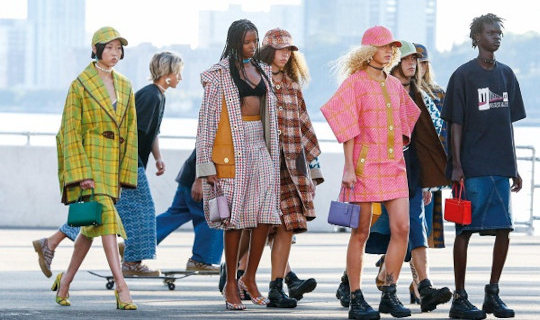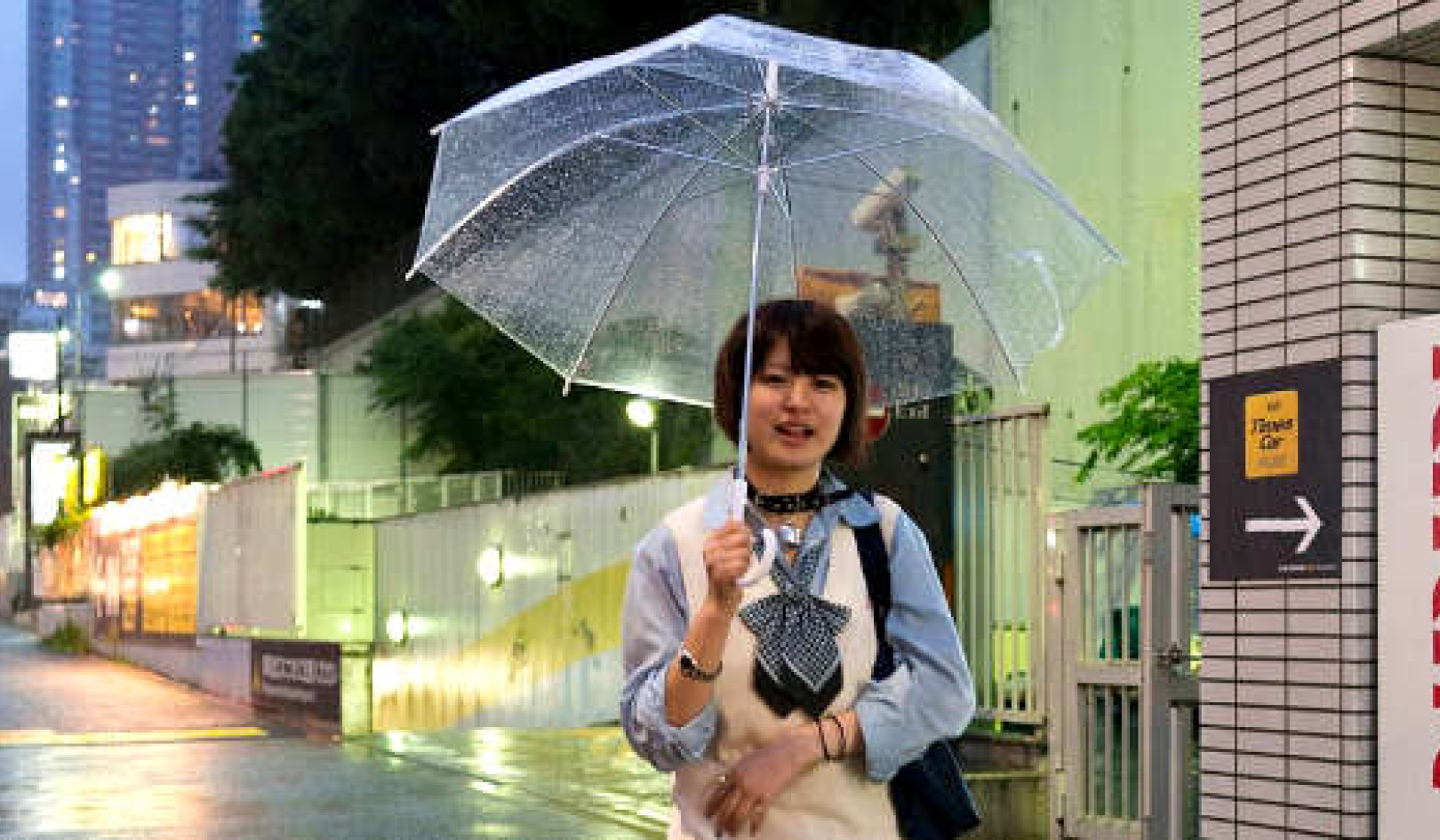
Have you seen that cargo pants are back? Young people are once again swishing down hallways and they might even be wearing Crocs on their feet, because these are cool now too. For many this could be seen as dressing “badly” but Y2K (2000s fashion) is all the rage at the moment.
Fashion has long been one of the most creative playgrounds to express yourself and also define your personal identity and status. Gen Z take this very seriously. However, they are no mere followers of fashion but are adventurously carving out their own trends and styles – joyfully playing with the way they dress and express themselves through their clothes.
Gen Z are rejecting everything from outdated gender tropes to curated colour schemes and the idea of the “perfect” body.
For several hundred years, it was the fashion industry who controlled what was on trend. It was in bed with the media, style icons, designers and the tycoons of the industry. This relationship has enabled trends to be predicted and for aesthetic movements to be planned and consumers to be catered for. The masses watched and waited to be told what was new and “hot”.
This relationship is now being short-circuited by a generation of digital natives who live in a world where the distinction between the digital and the physical is blended.
Gen Z will not be dictated to, they are not anxiously waiting to be told they are on trend, on social media they are making heir own trends by breaking rules, embracing creativity and finding joy in dressing bravely.
The democratisation of fashion
Each generation has changed fashion. The baby boomers brought us flower power in the 1960s and 1970s using free love in contrast to their parents’ clearly defined social and gender roles.
Boomers’ younger siblings brought us “punk” in the 1970s and 1980s, a subculture dedicated to using the symbols of the state against itself and deliberately playing with the obscene and vulgar. This was amid a global political climate of conservatism and repression.
Then again in the 1990s we saw grunge, Gen X’s response to a futureless world post-cold war.
Well, Gen X have had children and those kids have decided that they find joy in dressing outside of the lines (so to speak), you can be anything, you can be everything and you can be nothing.
Gen Z (and even millenials) have witnessed the ever-increasing democratisation of fashion through social media sharing and the global reach of online platforms. They have seen thousands of tiny subcultures formed online where they undergo a near constant cycle of evolution, explosion and reformation.
Take the early 2000s “emo” trend. Once a big subculture, it was thrust to the corners of the internet where everyone thought it would languish and die.
However, emo is experiencing a revival with people wearing all black, corsets becoming cool again and heavy eye makeup being sported by the likes of Gen Z darlings Willow Smith and Olivia Rodrigo.
But Gen Z are not sticking to one style. Fashion has become a pick and mix of trends and ideas where an individual can use the ingredients to create and recreate identity as often as they desire. There is joy in dressing, not fear. There are no rules.
No rules
As new fashion consumers gleefully reinvent notions of good taste and beauty, the traditional trickle-down effect for trends has been replaced by a bubbling up from new sources defining what’s new and what’s next. From Instagrammers to icons, vloggers and TikTokkers, the sources for trends are broad and varied.
Young people are creating their own place in a new world. A world where crocs are high fashion and what “goes” is in the eye of the beholder. Boxers as a headdress or leggings as scarf? sure. Why not even wear a keyboard as a top? Maximalism is being taken to new extremes as clothes are layered over more clothes and no colour, object or pattern is out of bounds.
These are the COVID kids, a generation that came of age during a global calamity where the only form of communication was digital and two-dimensional.
The loudest and boldest and most insane outfit is the one that will get you most attention on screen. For kids used to consuming media through TikToks rather than glossy editorials, only the most dramatic, fun and playful will do. Fashion has taken itself way too seriously for way too long. A cleansing fire of young, creative people is exactly what is needed right now. We should all take a page out their book and find joy in dressing in whatever we want.![]()
About The Authors
Steven Wright, Head of Subject - Fashion Marketing and Photography, University of South Wales and Gwyneth Moore, Course coordinator - BA (Hons) Fashion Business & Marketing & BA (Hons) Fashion Design, University of South Wales
This article is republished from The Conversation under a Creative Commons license. Read the original article.

Related Books:
Atomic Habits: An Easy & Proven Way to Build Good Habits & Break Bad Ones
by James Clear
Atomic Habits provides practical advice for developing good habits and breaking bad ones, based on scientific research on behavior change.
Click for more info or to order
The Four Tendencies: The Indispensable Personality Profiles That Reveal How to Make Your Life Better (and Other People's Lives Better, Too)
by Gretchen Rubin
The Four Tendencies identifies four personality types and explains how understanding your own tendencies can help you improve your relationships, work habits, and overall happiness.
Click for more info or to order
Think Again: The Power of Knowing What You Don't Know
by Adam Grant
Think Again explores how people can change their minds and attitudes, and offers strategies for improving critical thinking and decision making.
Click for more info or to order
The Body Keeps the Score: Brain, Mind, and Body in the Healing of Trauma
by Bessel van der Kolk
The Body Keeps the Score discusses the connection between trauma and physical health, and offers insights into how trauma can be treated and healed.
Click for more info or to order
The Psychology of Money: Timeless lessons on wealth, greed, and happiness
by Morgan Housel
The Psychology of Money examines the ways in which our attitudes and behaviors around money can shape our financial success and overall well-being.





















